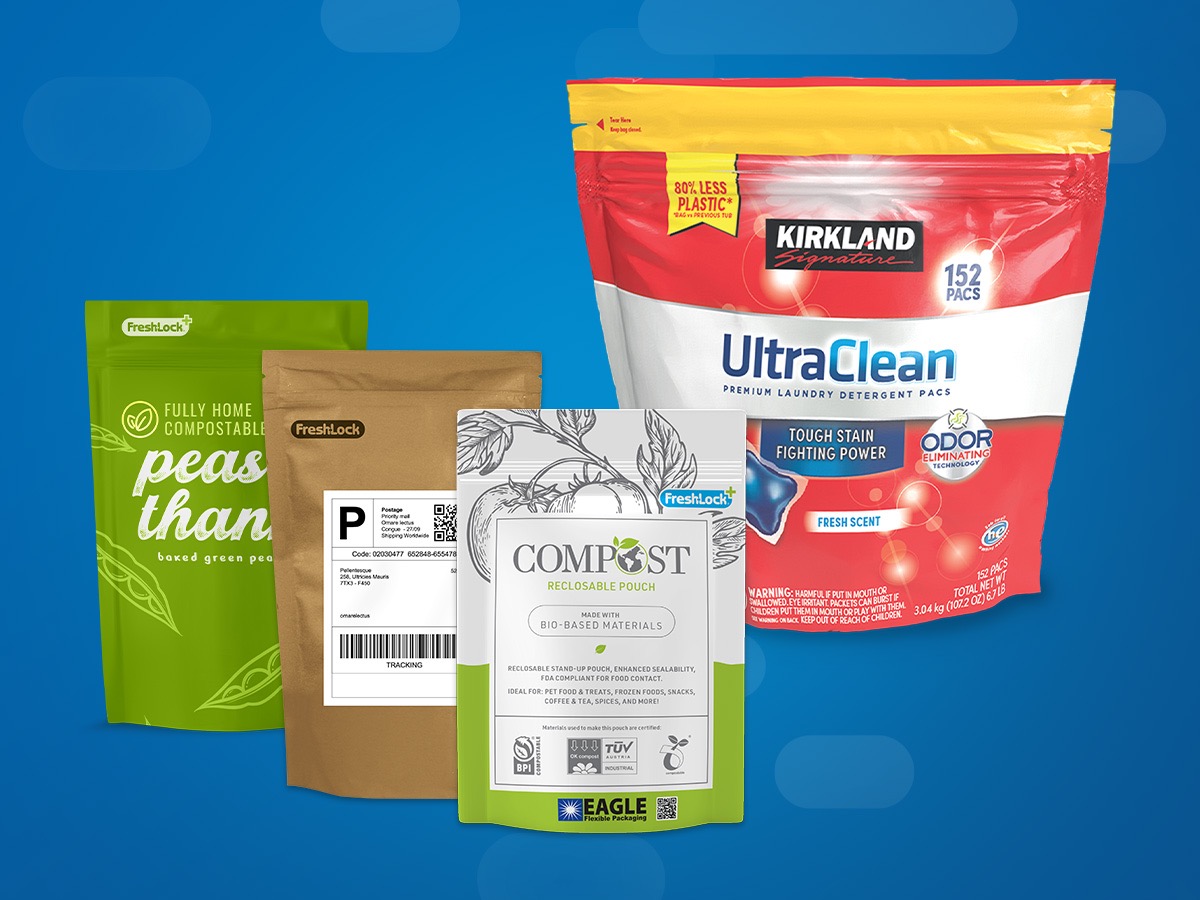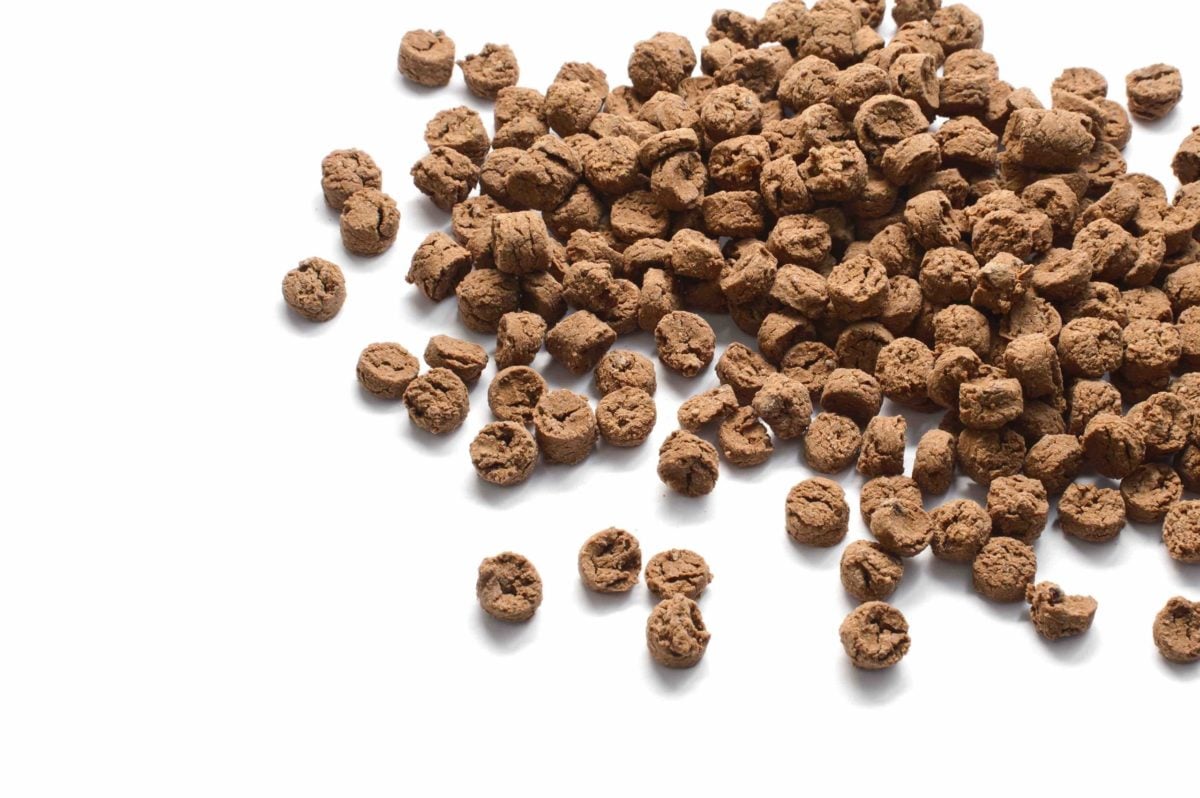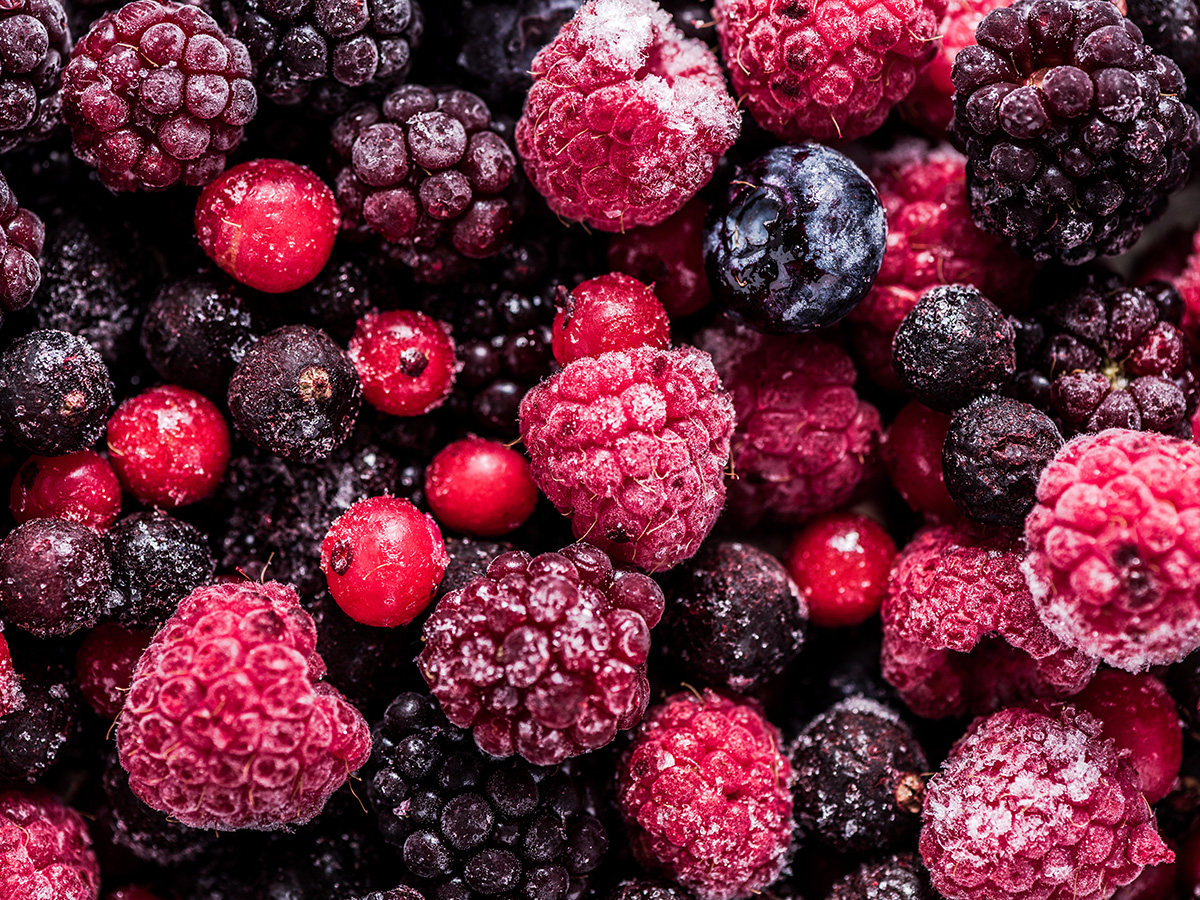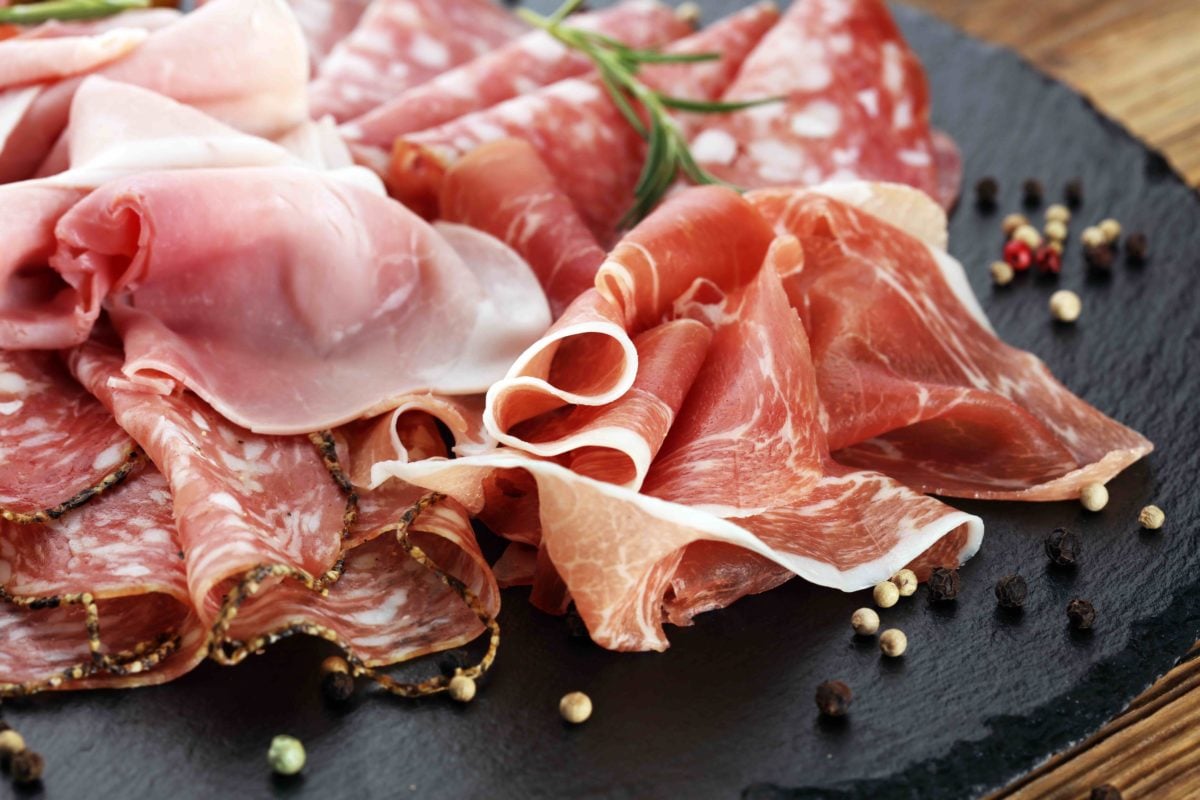
Flexible Packaging for Raw, Fresh, and Frozen Pet Food: Choosing the Right Closure
In September 2020, Packaged Facts reported that the pet food industry is projected to see 5.5% growth in 2021 and another 5.5% in 2022. This is likely due to the humanization of pets, which, before the pandemic, was already going strong. Pet owners were increasingly seeing their pets as a part of the family and began gravitating toward premium options like natural, organic, and raw products.
The COVID-19 pandemic only strengthened these trends. Existing pet owners stayed home more often, creating more meal (and treat) occasions for their pets, which meant more meal topper, treat, and premium food purchases. And, the number of new pet owners soared. In the early weeks of the pandemic, sheltering in place drove waves of people to adopt or purchase a furry friend, thus bolstering the growth of the pet food industry as a whole.
Experts predict that the trend of humanization will remain beyond the pandemic, which gives premium pet food manufacturers the opportunity to reach new customers.
Fresh and raw pet food manufacturers in particular are uniquely poised to reach these emerging markets, offering healthy choices, quality ingredients, and food that is less processed than traditional options. But, as with any product, the packaging plays a major role in the success of reaching the consumer. For premium pet food products, packaging should also look and play the part, reinforcing product quality and benefits.
“Giving pets the best possible means high quality, organic, natural products like those parents feed to their children.” –Max Davis, business unit manager for Waldner Americas.
A number of fresh pet food manufacturers are already packaging for consumer convenience, utilizing flexible packaging, attractive design, and other features. However, closures are often overlooked or commoditized, even though they can make all the difference in the consumer experience.
Here’s what pet parents are looking for when it comes to reclosability.
1. Closures that Preserve Pet Food Freshness
“One of the main challenges that raw and refrigerated pet food manufacturers are facing is having to meet the same expectations for pet food as they would for consumer foods.” –Tom Morsheimer, Market Development Manager, Presto Specialty Products

Fresh-Lock® DZ Double Zippers offer easy grip and a double Mono-Trak design for a consistent consumer feel and enhanced tactile feedback upon closure.
Consumers have long been cutting down their own intake of highly processed foods, and now, they’re beginning to pay the same attention to the food they feed their pets. Pet owners who gravitate toward fresh products know that they are less processed than traditional options, and keeping these products fresh throughout their time of use is important. Closures with double or triple locking features can help products remain fresher longer by letting less air in after the package is reclosed.
2. Closures that Offer a Sense of Security
Pet owners are generally concerned about the safety of their pets’ food. However, fear of contamination or bacteria can be heightened with raw or refrigerated products, creating a barrier to purchasing or leading consumers to transfer food into a secondary container. Closures with audio/tactile features not only help protect the product from contamination and extend shelf life; they also help assure the consumer the package is closed by offering sensory feedback that can be heard and felt upon closing.

Click n’ Lock™ Sensory Zippers offer a noticeable texture between double zippers that can be felt as the pouch closes, as well as an audible “click.”
Closures consumers can feel and hear also provide an added benefit—often, they act as a cue for the pet, signaling that it’s time for a treat or dinner, so you’re also enhancing the pet’s experience with the food!
3. Closures that Create Convenience (without Sacrificing Security and Freshness)
Like any product intended for multiple uses, closures can enhance the consumer experience, particularly with freeze-dried products or refrigerated or frozen patties. Consumers want to be able to simply pull the product out of the refrigerator, feed it to their pets, and reclose the original container for storage—and feel confident the package is reclosed. While several products in these segments already offer closures as part of the consumer experience, commodity closures may not last as long as premium closures or could fail to close all the way, affecting the shelf life of the product. So, you’ll want to consider an option that not only adds reclosability to the pouch, but also works to add a sense of security and extend product freshness.
“From the consumer perspective, they see fresh or raw pet food as an investment in their pet. They have the same expectations for their pets’ food as the food for any other member of their family, and they want the packaging to reflect that quality, as well.” –Tom Morsheimer
Get Ahead with Value-Added Closures for Raw and Fresh Pet Food Packages
As pet owners continue to gravitate toward premium pet food options, they’ll start to seek more and more out of product packaging. Moving to premium options like press-to-close zippers and track-and-slider closures shows consumers you’re prioritizing their experience with the product the same way you prioritize quality. With the market continually growing and more products emerging every year, package reclosability presents a valuable opportunity for innovation and sets you apart from other players in the industry.
Want to know more? Get in touch with the Fresh-Lock® team today or check out our other insights on packaging for pet food!

 Back to Blog
Back to Blog


